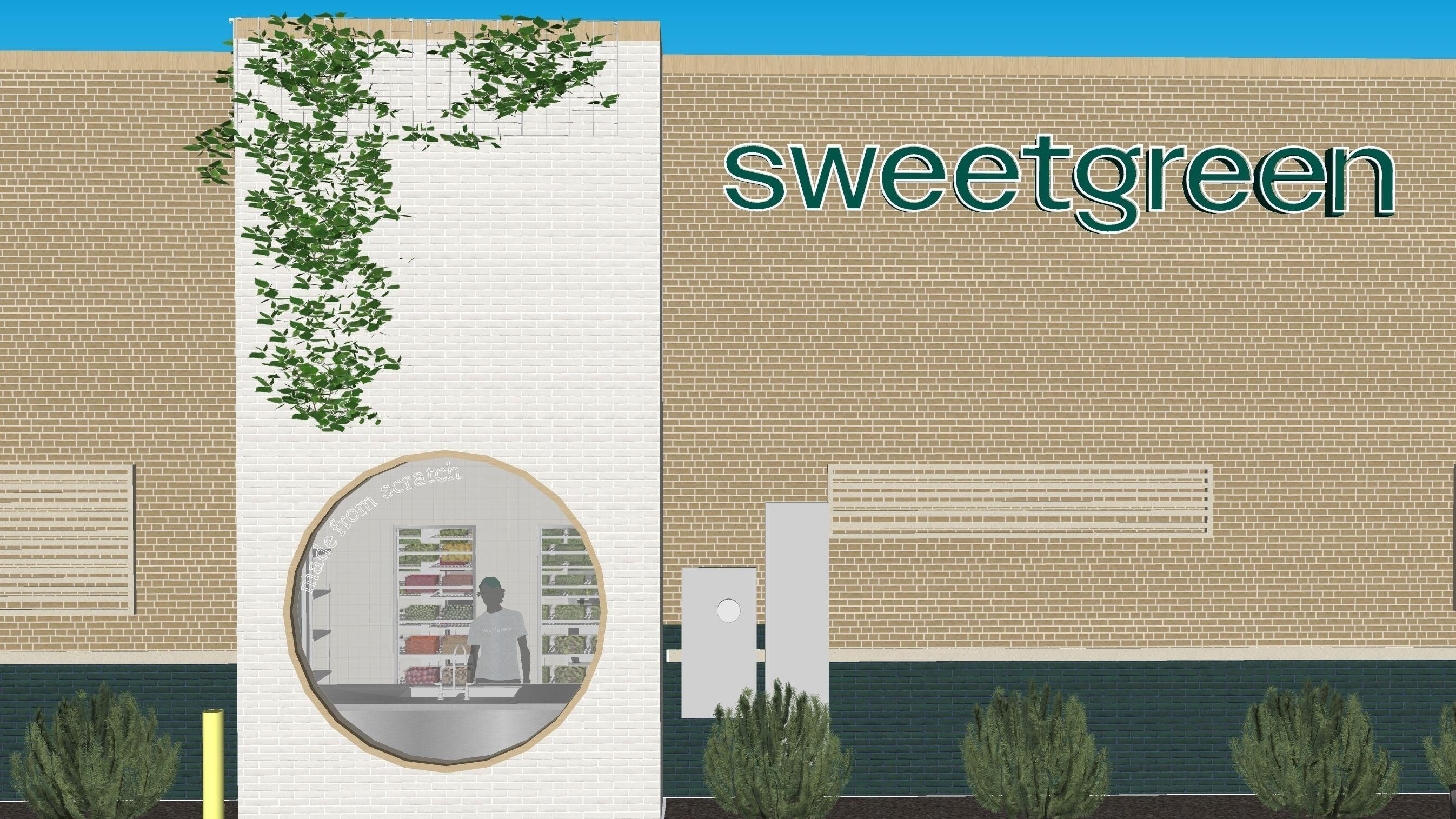Why Sweetgreen's Redesign Might Be A Headache For Employees
Sweetgreen's new drive-thru concept includes a porthole so all customers can have the "in-store experience." Here's why that's not great.
Yesterday, in a press release sent to The Takeout, Sweetgreen announced its very first drive-thru concept. Coming soon to a wealthy Chicago suburb, the restaurant will include the brand's first "sweetlane," a drive-thru lane designed "to increase convenience for digital customers." It's a mobile pick-up lane like the kind you'll soon see at chains like Taco Bell, but it has one unique feature: a round observation window for "bringing the in-store experience to our drive-thru digital customers," as the brand puts it. As cooks who've worked in open kitchens know, that presents a number of problems.
How do cooks really feel about open kitchens?
First, it's important to note that most Sweetgreen locations are, in essence, open kitchens. When you place your order at the counter, employees compile your customized entree in front of you, just like you'd see at other quick-service destinations like Subway or Chipotle. But most Sweetgreen locations also feature glassed-in prep rooms where you can watch staffers prepare vegetables for the quick-service line. This ostensibly helps the consumer feel secure that their salad veggies are as fresh as possible. But as writer Tara Calihman tells me, that level of in-restaurant observation can be "awkward as fuck" for the people preparing the food.
"My first job in college was in a pizza restaurant with a big window where customers could see us making their pizzas," Calihman says. "I hated it because my friends would come and make fun of me while I was working." Former chef Catherine McBride agrees, citing her experience at an upscale legacy restaurant. For McBride, the experience was less awkward and more distracting. "It kind of felt like in [the customers'] minds, they were sort of watching a cooking show—but we were actually preparing real food for a real restaurant and had real things to do and real things that were on fire or hot or sharp," McBride says.
McBride also points out that the extreme visibility led to an uncanny focus on cooks' appearances. "Because it was an open kitchen there was a lot of emphasis on how we looked," she says. "We were required to have perfectly clean, pressed chef uniforms. I used to get to work extra early so that I could have mine perfectly ironed, because if we were wrinkled or dirty they would send us back to the locker room to take care of that."
Does the open kitchen model translate to the drive-thru?
A certain level of customer scrutiny is inherent to Sweetgreen's business model. But is that really necessary for customers sitting in the mobile pickup drive-thru line? Calihman says no. "I think it's an awful idea," she says. "Drive-thru employees put up with too much shit as is. This is asking for trouble with entitled and picky customers."
I'm inclined to agree. I can certainly see the appeal of an open kitchen at a smaller, more intimate restaurant. There, friendly regulars might get the chance to form a relationship with the cooks, learning about their methods and their lives outside of the kitchen. But I can't imagine that Sweetgreen "sweetlane" customers are interested in forming those relationships with the chain's salad artists. It seems more likely that the Sweetgreen drive-thru porthole will be used to narc out Sweetgreen employees who aren't dicing peppers quick enough for the customers' liking.
